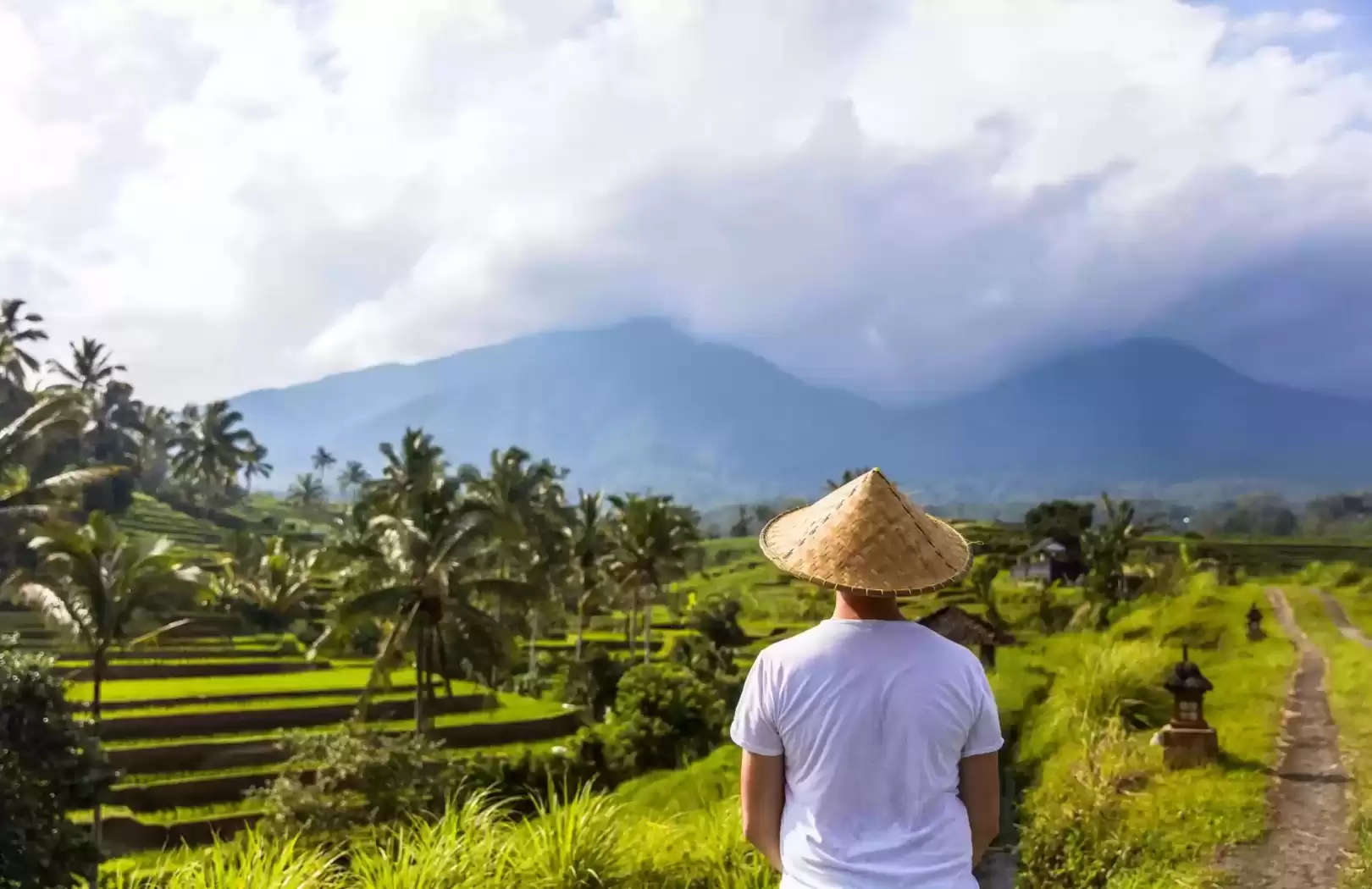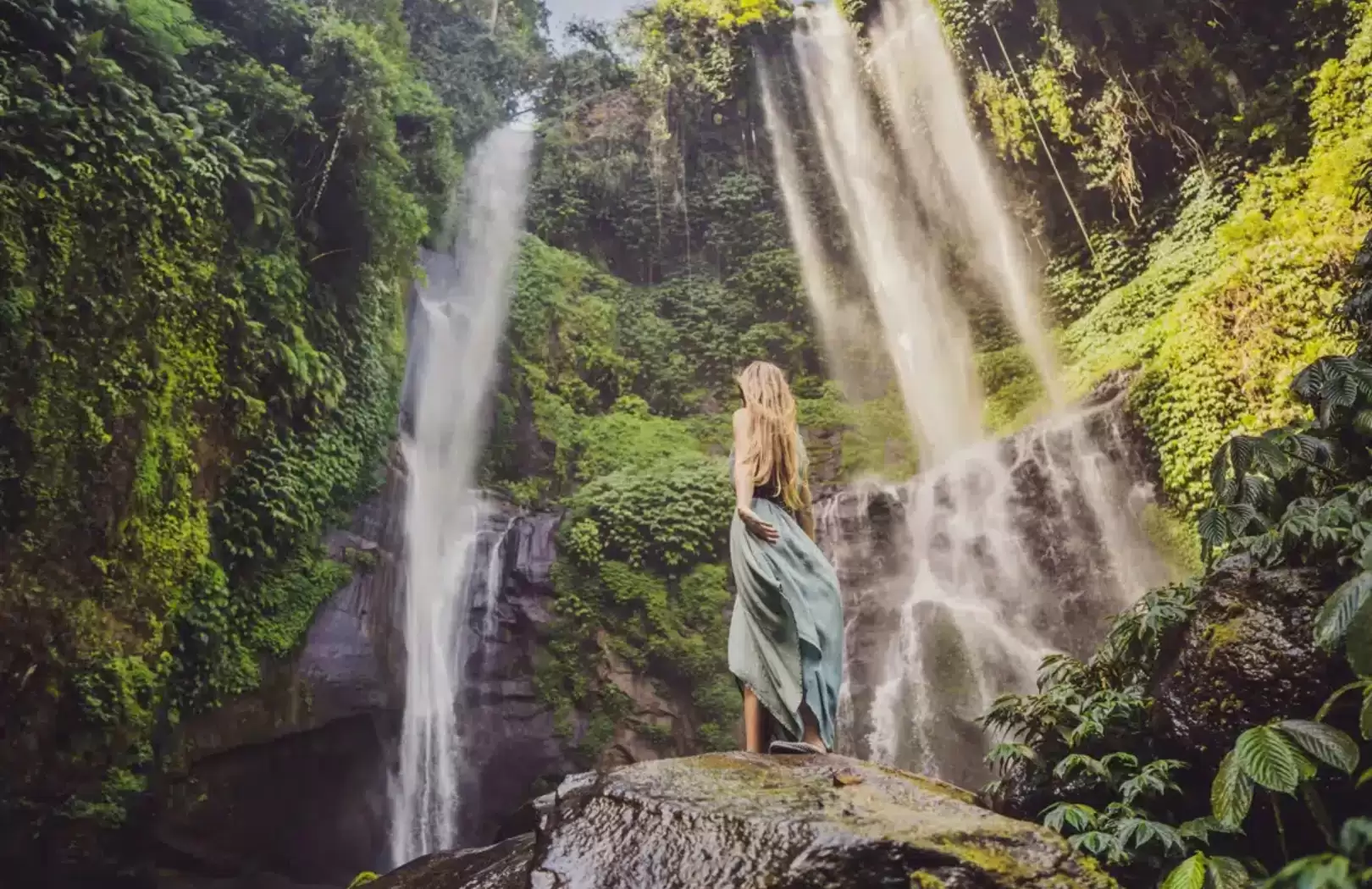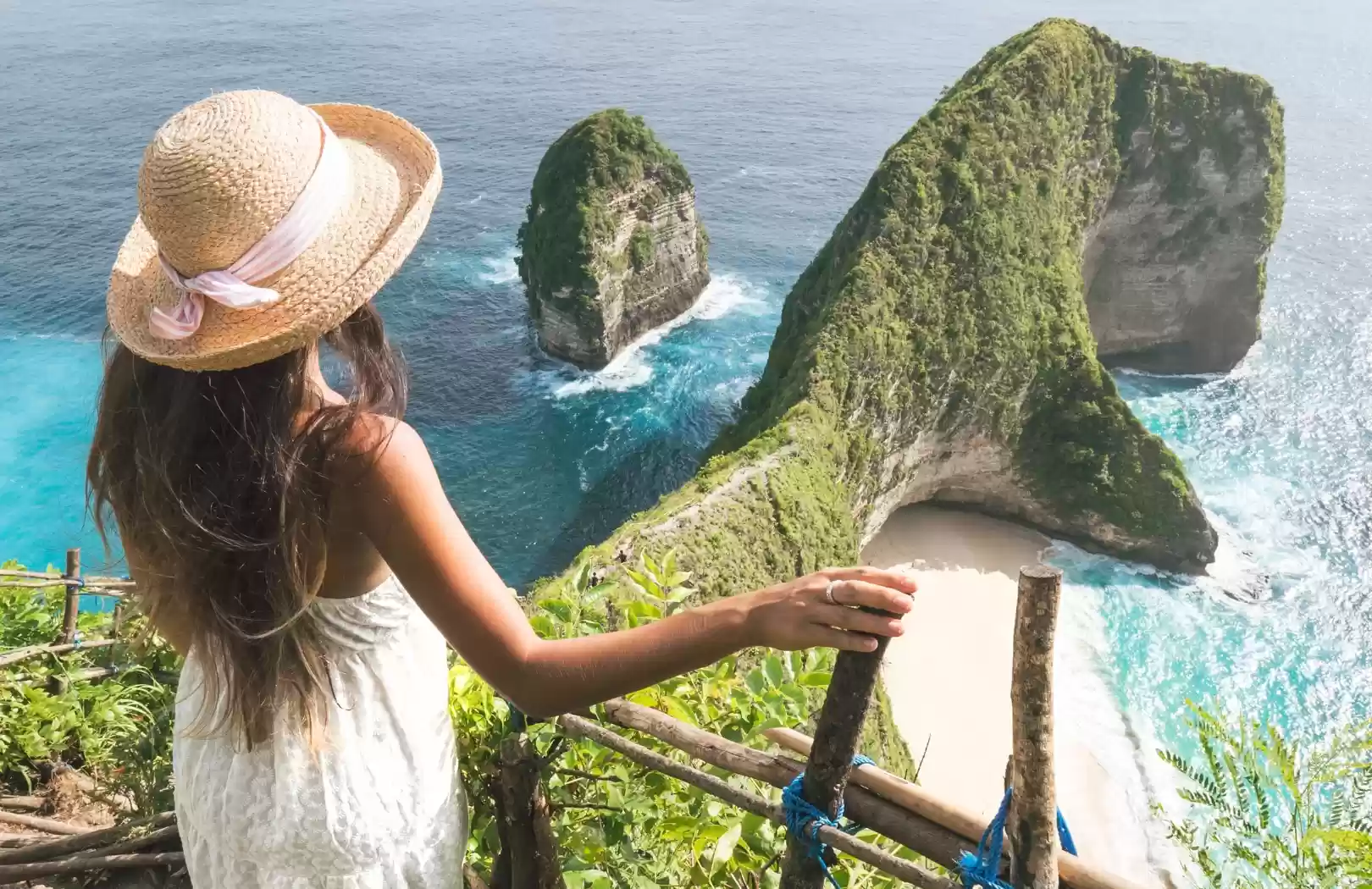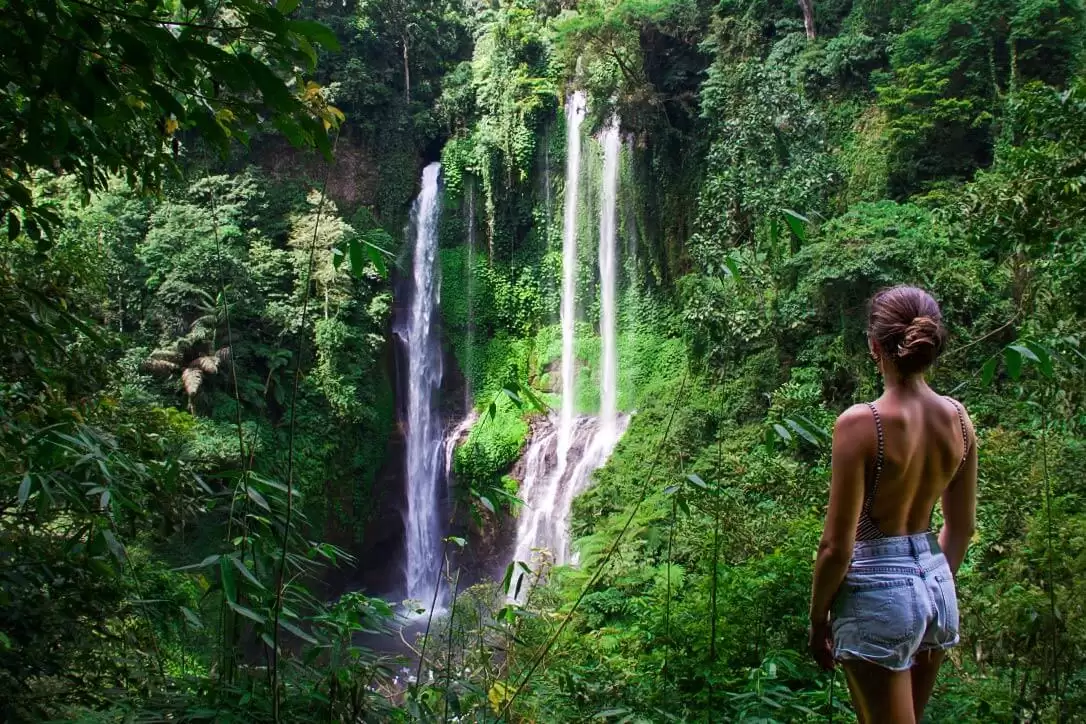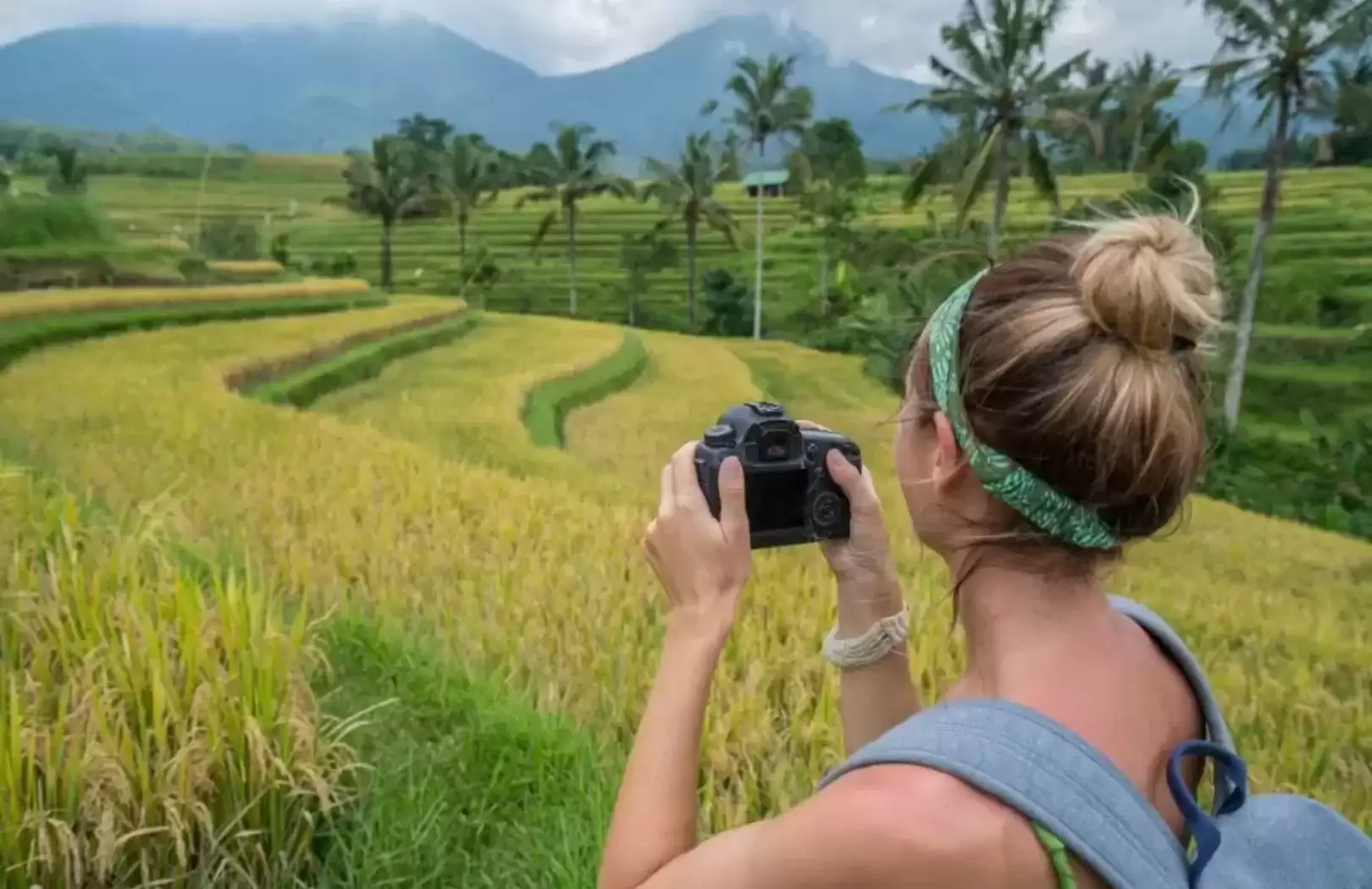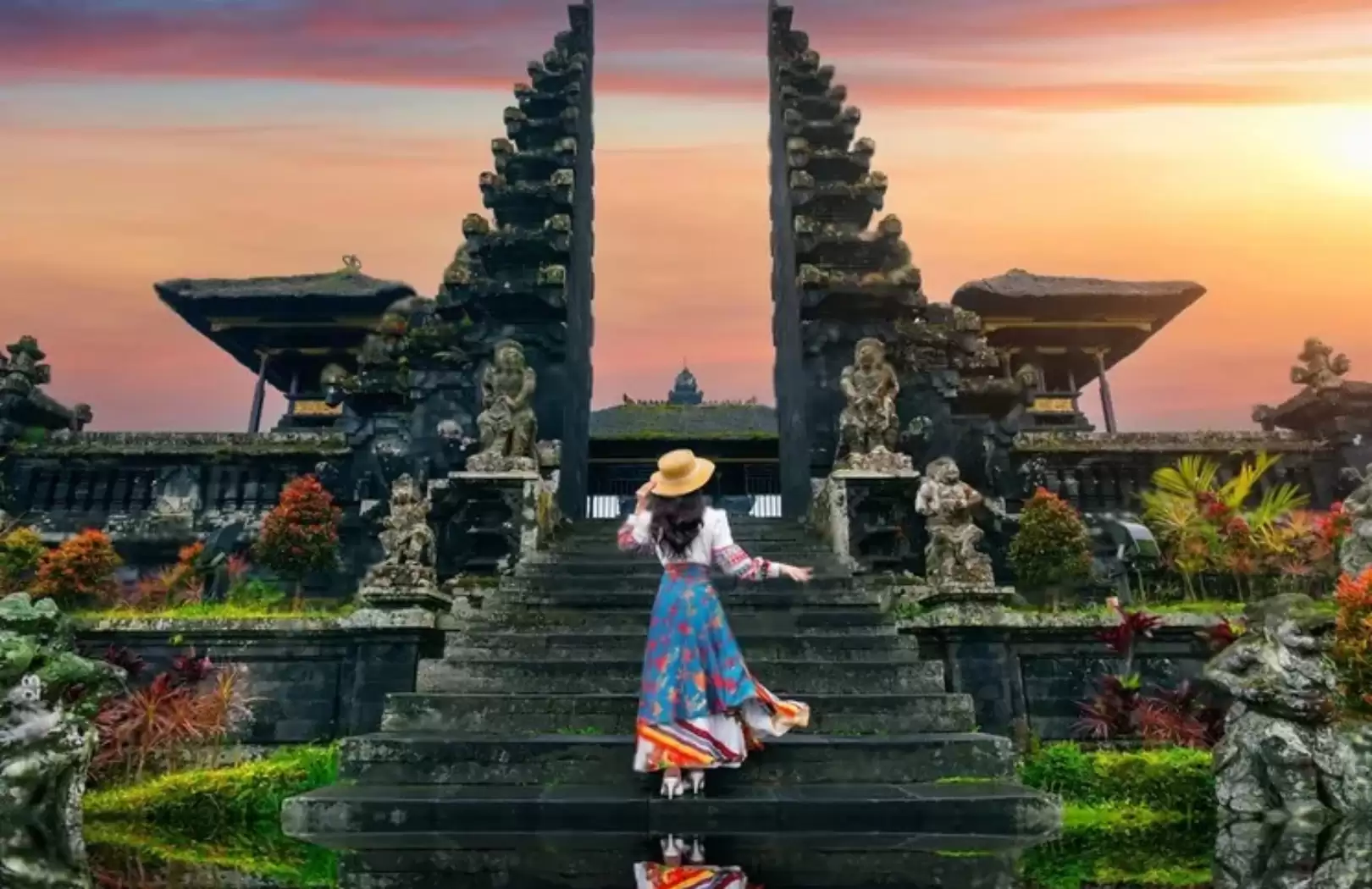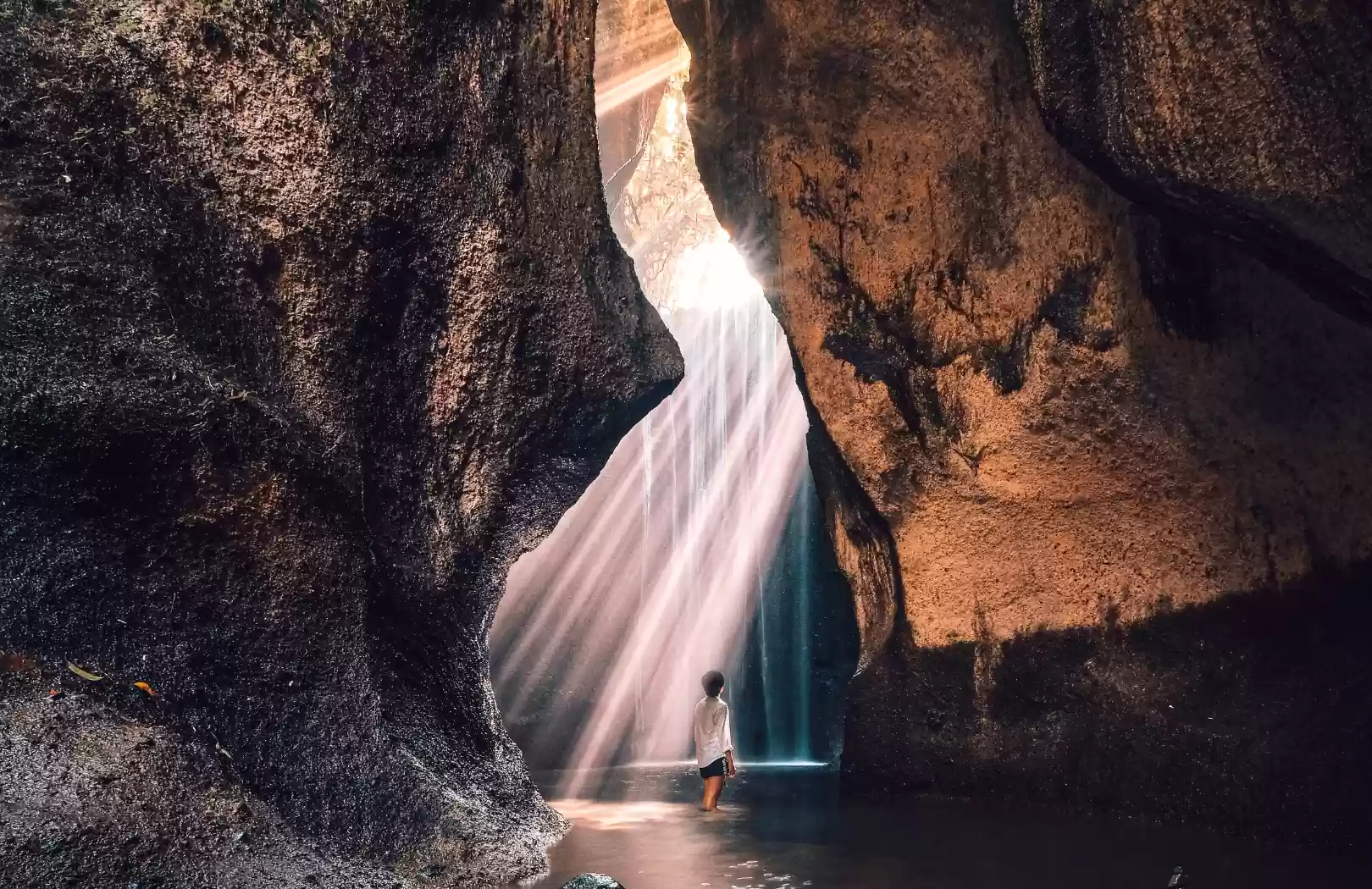Uluwatu Temple
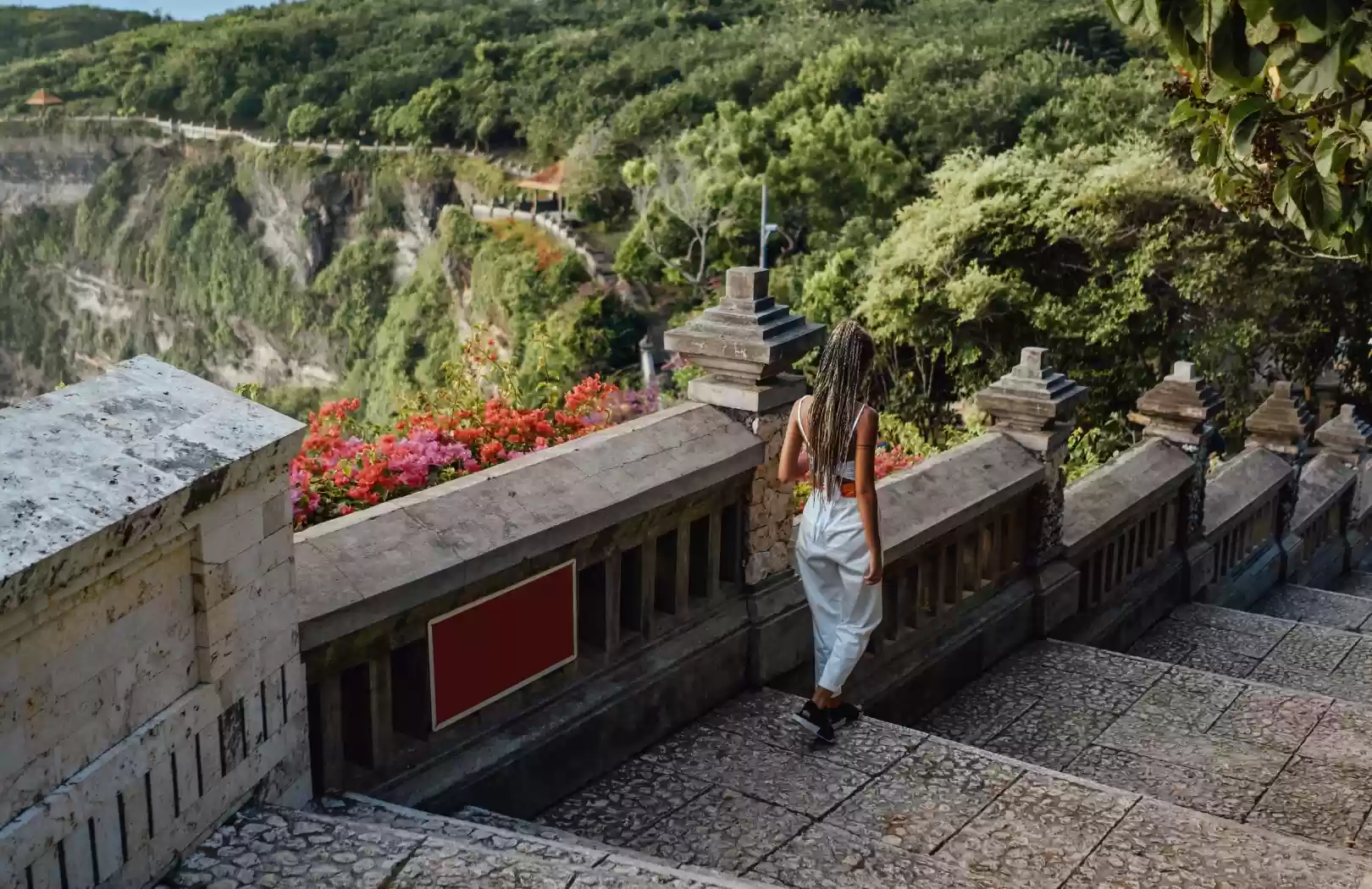
Perched dramatically on the edge of a steep cliff overlooking the Indian Ocean, Uluwatu Temple is one of the most breathtaking and culturally significant landmarks in Bali. Known locally as Pura Luhur Uluwatu, this sea temple is more than just a scenic viewpoint—it’s a spiritual site deeply woven into the fabric of Balinese Hinduism and a must-visit destination for anyone seeking beauty, tradition, and unforgettable sunsets.
A Glimpse into Uluwatu’s Spiritual Heritage
Uluwatu Temple stands as one of the six key sad kahyangan temples, believed to be the spiritual pillars of the island. Built in the 11th century, the temple is dedicated to Sang Hyang Widhi Wasa, in his manifestation as Rudra, the god of storms and cosmic force. The temple was established by Empu Kuturan, a revered Hindu sage, and later expanded by Dang Hyang Nirartha, who is said to have achieved moksha (spiritual liberation) at Uluwatu.
Its location on the edge of a 70-meter cliff is no accident. In Balinese belief, the sea is associated with cleansing and powerful energy, and placing a temple here is a way of balancing the spiritual forces between the mountains and the ocean.
The Temple Architecture and Layout
Though much of the inner temple is reserved for worshippers, visitors can explore the outer courtyard and pathways that wind along the cliff’s edge. The temple is built in the traditional Balinese architectural style, with thatched roofs (meru towers), stone carvings of mythical creatures, and intricately sculpted gates.
As you walk the stone paths shaded by frangipani trees, you’ll feel an atmosphere that’s both serene and powerful. The crashing of the waves below, the cries of the sea breeze, and the sound of traditional gamelan music (if you arrive during a ceremony) make the experience wholly immersive.
The Famous Sunset at Uluwatu
Let’s be honest—one of the main reasons Uluwatu Temple draws such massive crowds is the legendary sunset view. As the sun descends into the Indian Ocean, golden light bathes the entire cliffside, casting long shadows over the temple and illuminating the horizon in hues of orange, purple, and crimson.
There’s a designated area along the cliff where visitors can sit and enjoy this moment. It’s especially popular for photographers and couples looking for a romantic setting. The panoramic views of the endless ocean, the silhouette of the temple, and the dramatic cliffside drop make it one of the most iconic sunset spots in Southeast Asia.
The Kecak Fire Dance – Culture Comes Alive
Every evening at around 6:00 PM, as the sun begins to dip below the horizon, the Uluwatu amphitheater comes alive with the powerful rhythm of the Kecak fire dance. This traditional Balinese performance tells the epic tale of the Ramayana, focusing on the story of Prince Rama, his wife Sita, and the monkey god Hanuman.
What makes the Kecak dance at Uluwatu unique is the setting—performed outdoors with the glowing sky and crashing waves as a backdrop. Dozens of male performers sit in a circle, chanting “cak-cak-cak” in rhythmic unison, creating a trance-like beat while dancers move dramatically in the center, surrounded by flickering firelight.
It’s haunting. It’s beautiful. And it’s unforgettable.
Tip: Book tickets in advance or ask your private Bali tour operator to reserve seats with a clear view. The show sells out quickly, especially during high season.
Monkey Business – A Word of Caution
Uluwatu Temple is also home to a large population of long-tailed macaques, which are notorious for their cheeky behavior. While they’re considered sacred guardians by locals, they have developed a reputation among tourists for snatching sunglasses, hats, cameras, and even flip-flops.
If you visit:
- Avoid bringing loose items or flashy accessories.
- Keep your phone and camera secured.
- Never feed the monkeys or make direct eye contact.
Local guides and temple staff are usually nearby to help retrieve stolen items (sometimes with fruit bribes), but prevention is always better.
Getting to Uluwatu Temple
Uluwatu is located on the southern tip of Bali’s Bukit Peninsula, about 45–60 minutes’ drive from Seminyak, Kuta, or Ubud depending on traffic. While public transport is limited, the best way to visit is via private tour or car hire. This allows for flexibility, comfort, and the ability to combine Uluwatu with other stunning locations like:
- Padang-Padang Beach – A hidden beach known for surfing and laid-back vibes.
- Pandawa Beach – A clean, white sand beach perfect for swimming.
- Garuda Wisnu Kencana (GWK) Cultural Park – Home to one of the tallest statues in the world.
- Jimbaran Bay – Famous for its romantic seafood dinners right on the beach.
Many travelers choose an all-in-one Uluwatu day tour with a sunset Kecak show and seafood dinner finale—seamless and unforgettable.
What to Wear and Bring
Since Uluwatu is a functioning temple, respectful attire is required:
- Sarong and sash (usually provided at the entrance with your ticket)
- Shoulders and knees should be covered
- Comfortable walking shoes for uneven paths
- Water and sun protection (hat, sunscreen)
- A good camera—but be mindful of the monkeys!
Entrance tickets are reasonably priced and include sarong rental. Separate tickets are needed for the Kecak fire dance.
Best Time to Visit
- Sunset (5:00 – 6:30 PM) is the most magical and most crowded.
- Arrive around 4:30 PM to explore the temple grounds and get good seats for the show.
- Weekdays are less packed than weekends or religious holidays.
- The dry season (April to October) offers clearer skies and better sunsets.
A Spiritual and Visual Masterpiece
Uluwatu Temple isn’t just about visual splendor—it’s about energy. The site radiates a feeling of ancient wisdom and sacred presence. Whether you’re spiritual or not, the powerful combination of culture, history, and nature can stir something deep in your soul.
Locals still hold ceremonies and rituals here, especially during full moons and holy days. Watching a traditional Balinese melukat (purification ceremony) take place against the backdrop of crashing waves is a moving experience that gives you a glimpse into the heart of Bali’s living culture.
Why Visit with Oyi Luxury Trans?
Traveling to Uluwatu with Oyi Luxury Trans transforms your journey from just a tour into a curated experience. Our private tours allow you to explore at your own pace, with a dedicated driver-guide who knows the best viewpoints, hidden beaches nearby, and even the best seafood spots for post-sunset dinner.
No crowded buses. No rushing. Just you, your companions, and the serene southern edge of Bali.
We also help with pre-booked Kecak dance tickets, hotel pickups, and even flexible detours if you want to catch a late lunch at a clifftop café.
Traveler Tips for the Perfect Uluwatu Experience
- Arrive early: Especially during peak season, arriving early gives you a better spot for both the sunset and the Kecak show.
- Bring a shawl or light jacket: It can get breezy in the evening.
- Book a table at Jimbaran Bay: For a seafood dinner under the stars after your temple visit.
- Don’t skip nearby spots: If time permits, combine Uluwatu with other Bukit Peninsula highlights.
- Travel with a guide: You’ll understand the cultural and spiritual significance of each part of the temple more deeply.
Final Words
Uluwatu Temple is not just another sightseeing stop in Bali—it’s an experience that will live in your memory forever. The steep cliffs, the sacred rituals, the mischievous monkeys, and that golden sun sinking into the Indian Ocean all combine into one cinematic, soulful moment.
So whether you're a nature lover, a history buff, or a couple searching for a romantic escape, Uluwatu welcomes you with open arms—and a sky on fire.
And when you travel with Oyi Luxury Trans, you're not just visiting a place. You're stepping into a story—crafted just for you.

